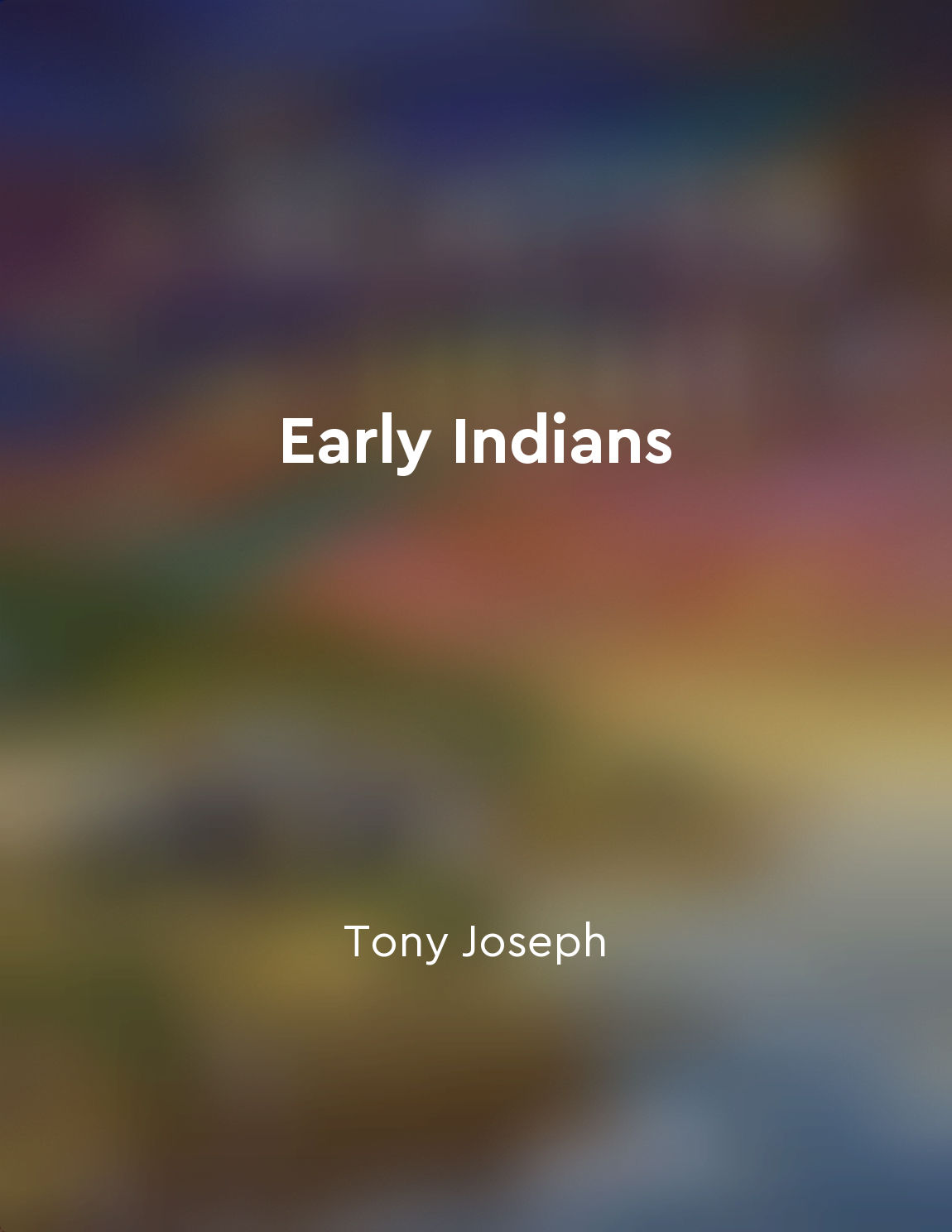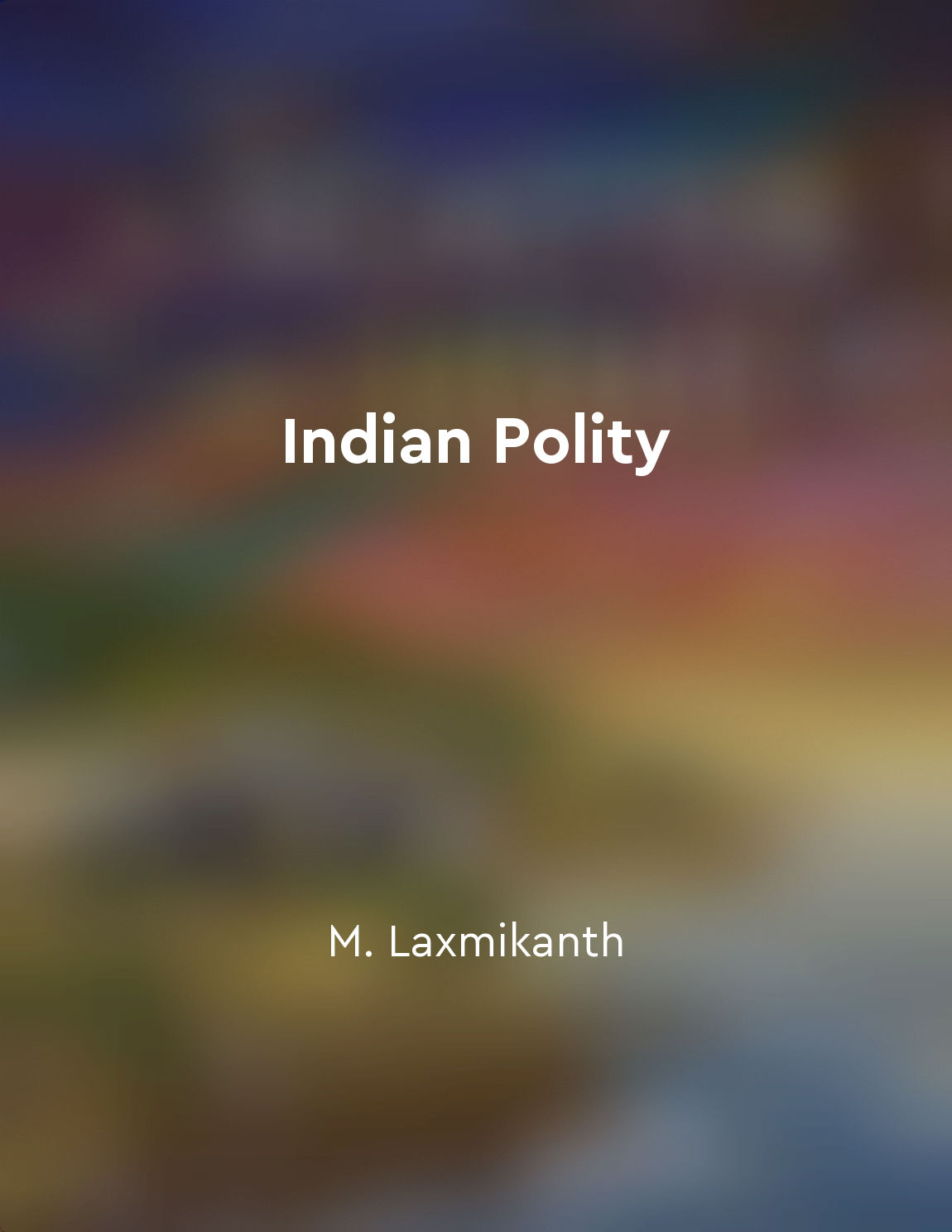The caste system continues to influence social dynamics in South Asia from "summary" of South Asia in World History by Marc Jason Gilbert
The caste system has been a defining feature of social organization in South Asia for centuries, shaping relationships and interactions among individuals and communities. This hierarchical system categorizes people into different strata based on their birth, occupation, and social status. This stratification has had a lasting impact on social dynamics in the region, influencing various aspects of life such as marriage, education, and employment. Caste-based discrimination and segregation continue to be prevalent in South Asian societies, with individuals often being disadvantaged or marginalized based on their caste status. This discrimination can manifest in various forms, including restricted access to resources, opportunities, and social mobility. As a result, individuals belonging to lower castes may face barriers to advancement and face social exclusion. The influence of the caste system is not limited to social in...Similar Posts

The relevance of Hindu teachings in addressing contemporary issues
One of the most compelling aspects of Hinduism is its timeless relevance in the face of contemporary challenges. The teachings ...
The pursuit of wealth comes at a cost to humanity
The drive for prosperity is a relentless force that consumes the lives of many in Annawadi. Individuals are willing to sacrific...

Impact of IndoEuropean languages in North India
The arrival of Indo-European languages in North India around 3,500 years ago marked a significant turning point in the region's...
Political parties play a crucial role in the functioning of democracy
Political parties are considered to be the lifeblood of a democratic system. They are the connecting link between the governmen...
Despite its complexity, Hinduism offers a path to spiritual fulfillment for all seekers
Hinduism, with its multifaceted beliefs and practices, may appear intricate and overwhelming to the uninitiated. However, upon ...
India's rich tradition of art and literature continues to thrive
India's rich tradition of art and literature is deeply rooted in the country's history, stretching back thousands of years. Fro...

Municipalities in India
Municipalities in India are institutions of local self-government that play a crucial role in the democratic setup of the count...
India's relations with neighboring countries
India's relations with its neighboring countries have always been of paramount importance. The geographical proximity and histo...
Understanding early civilizations like Indus Valley Civilization is important
Studying early civilizations such as the Indus Valley Civilization holds significant importance in understanding the roots of h...

Fundamental duties are essential for citizens
The Constitution of India imposes, by Article 51-A, certain duties on every citizen. These duties are called "fundamental" beca...
